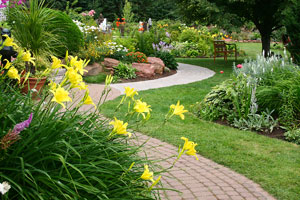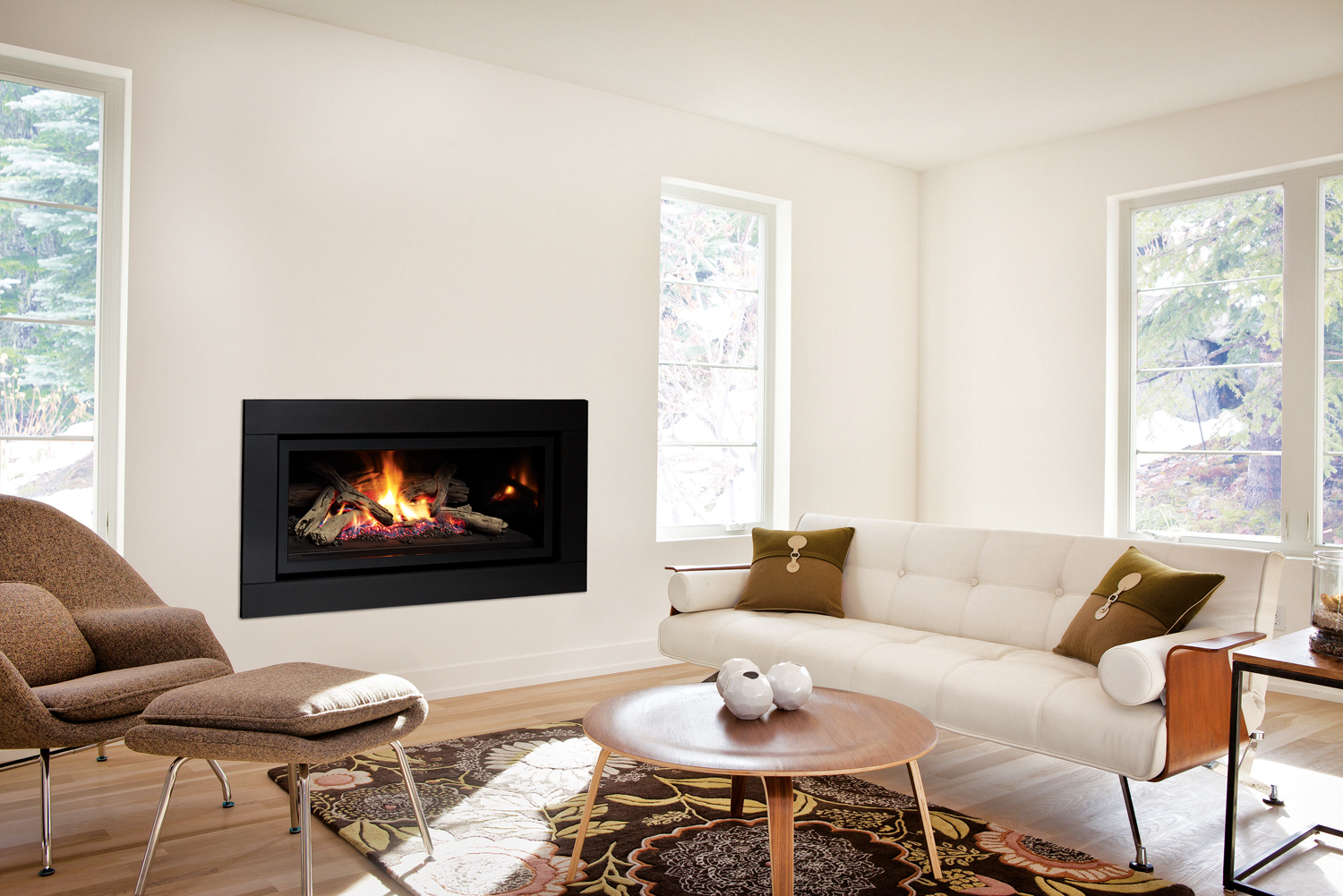
Story & Photos: Jules Moore
There’s usually a solution for every problematic site. With this One Tree Hill location, the team at Plantet Earth and I had our work more than cut out for us as we had some unique challenges to overcome.
Imagine crushing and breaking rock for nearly a year — the property developer who finally sold this piece of real estate to Graeme and Jan Eade lost a lot of time and profit taking out a seemingly endless supply of solid wall-to-wall rock, leaving behind a large outcrop of it still in desperate need of further excavation.
Ironically, when Graeme and Jan were shown the bare site, one of the reasons they were compelled to buy it was for the backdrop of these massive rocks.
The homeowners wanted to transform the space into a functional, small-sized garden with minimum upkeep. Previously, Graeme and Jan had the maintenance issues that come with a large property, so were ready for an easy-to-maintain outdoor space.
Keen to run with a subtropical theme, an obvious choice because of the sheer quantity of rocks, Denise Hammond and I set about to transform the very small area into an optical illusion by creating a sense of more space.
With the massive outcrop centre stage, a water feature was decided upon. The homeowners also wanted a deck for entertaining — big enough to house an outdoor setting — as well as a paved area on the far right, for a smaller table if needed.
The walls, fences and neighbouring buildings in close proximity meant that by designing pergolas either side of the property, the space was balanced yet disguised the perimeter of all the surrounding fences.
The pergolas also act as structures within the landscape, connecting the house to the outside. There’s a feeling of height gained, giving the homeowners a three-dimensional sense of space and making them feel elevated in what would have otherwise been a flat design. A practical inclusion, the pergolas offer shade during the summer months when attaching a shade cloth or evergreen vines to the structure.
Given the back area was small and rectangular in shape, an asymmetrical design made sense and, in conjunction with the outcrop of rock, was well-suited to the area.
A clever design feature used was the ground-level boardwalk. The zig-zag design allows for the gardens either side of the boardwalk to appear “cut out” and therefore avoids the long, stretched feeling that often accompanies rectangular-shaped sections.
Project manager Tim Bradbury from Plantet Earth constructed the pergolas and boardwalk section and masterminded the integration of the rock and waterfall, paying special attention to sealing it using the appropriate oxides to tie in with the natural rock colours. The water is recirculated via a pump into a small, water-proofed area that has a grate over the catchment covered with small rocks.
Plants were another important consideration in this design. The rockery was so dominating that the planting within it needed to be interesting. The aim was to have plants that provided year-round colour, but that were not too dominating so as to detract from the water feature.
Pleione formosa orchids were planted in large numbers throughout the backdrop in their dormant stage. They have now flowered and are nestled within the corners of the rocks, adding a beautiful pink to the landscape.
Unusual bromeliads, Agapetes meiniana, evergreen white-blood lilies (Haemanthus albiflos) and Rhododendron Vireyas were planted either side of the water feature, further enhancing this focal point. A foliage plant palette throughout the rest of the backdrop completes the planting design.
Yellow Acorus and Gardenia radicans were used en mass at the bottom and at either side of the boardwalk. Being keen to try something different, I also introduced Primula helodoxea as a bog plant accompanying the Acorus, which can withstand damp areas — an ideal solution for the wetter areas that result from the overflow during the winter months.
Naturally, palms such as Dypsis baronii take pride of place but an unusual palm not often seen, Chamaedorea pochutlensis, a multi- clustering palm, was trialled and has proven successful in a shadier part of the garden. Given the backdrop fence was a distraction, it softened the look, with its self-clinging philodendrons and ficus growing over certain parts of the fence.
Both Graeme and Jan have commented on how spacious their outdoor living area appears. They are delighted with their new low-maintenance, subtropical garden. Rich in colour and scent, the garden is the perfect oasis for them to relax and entertain in.
Plantet Earth is an award-winning landscape design and construction company. Lead Designer Jules Moore has more than 25 years experience as a horticulturist and landscape designer. Jules won Gold and the People’s Choice Award at both the 2005 and 2007 Ellerslie International Flower Show. www.plantetearth.co.nz


